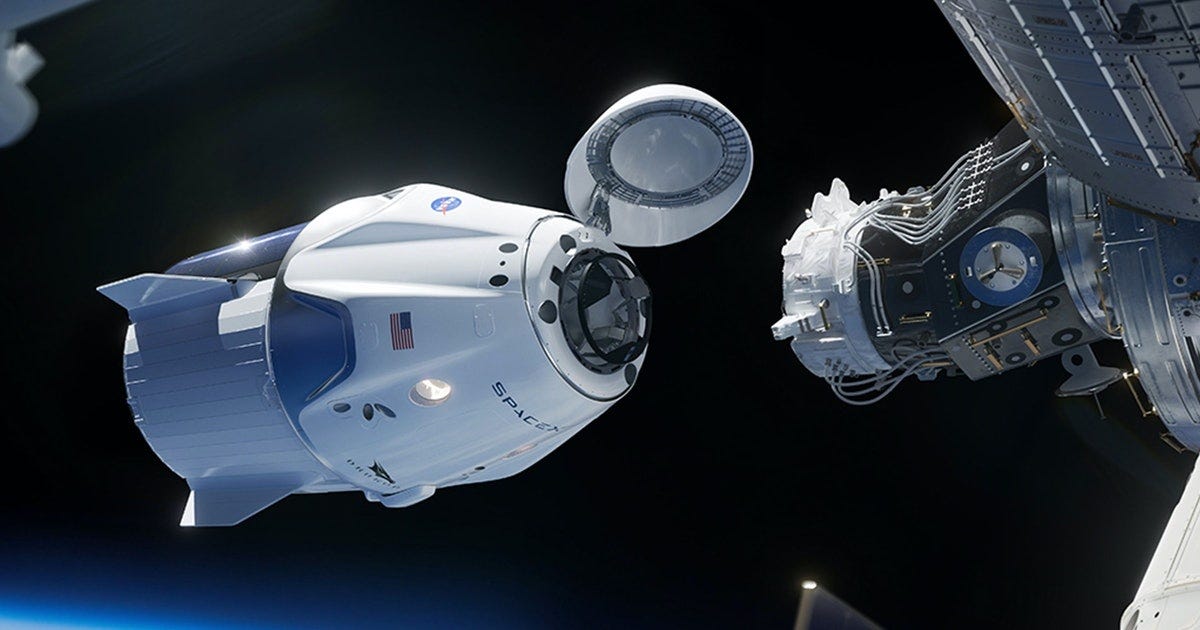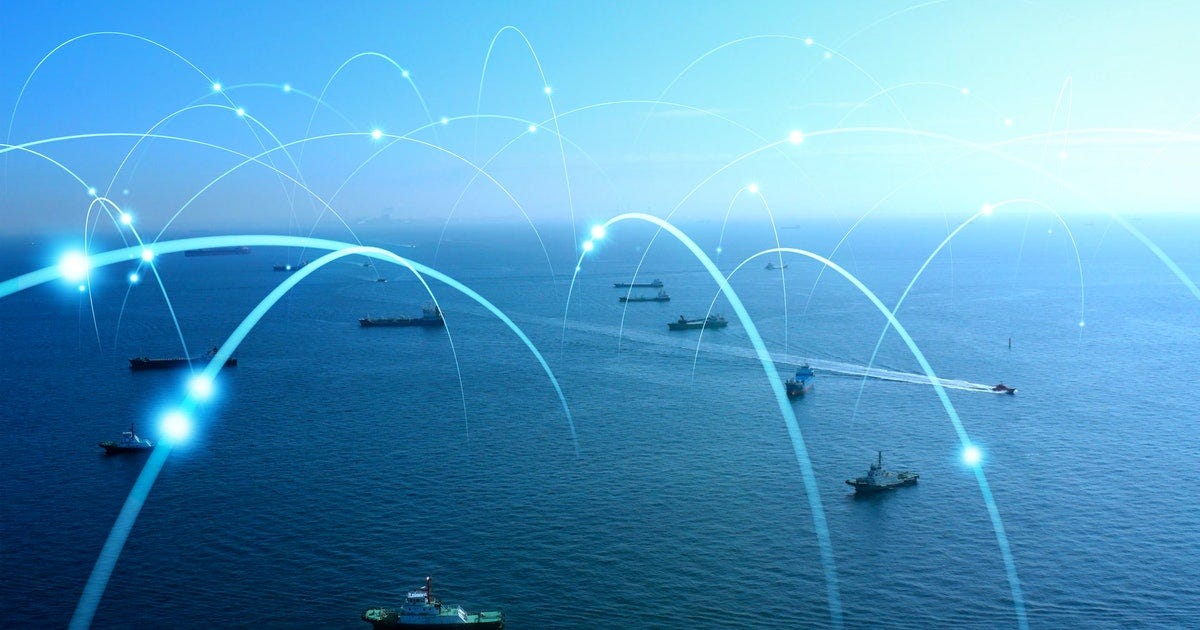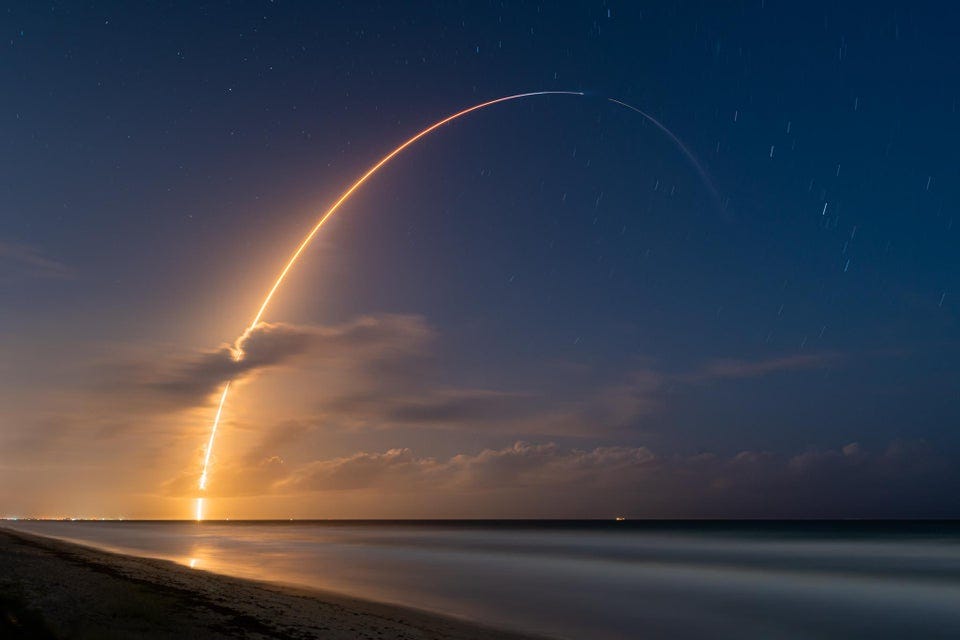Crew Dragon prepares for launch
Starlink prepares to expand and a GPS satellite launches. Is Starlink’s price a disappointment? It’s Musk Reads: SpaceX Edition #217.
Hey, this looks different: That’s right! Check your inbox. You should have received an email earlier that outlines an exciting new offering we’ve put together for Musk Reads fans.
We have big plans to offer exclusive content and analysis that won’t be available anywhere else. It’s an exciting time to be a subscriber! Learn more about Musk Reads+.
Musk quote of the week
“China understands the profound importance of reusability. The era of expendable rockets will soon be over.”
Read more about Musk’s thoughts on future rocket launches.
SpaceX
The Crew Dragon has arrived at the Kennedy Space Center ahead of the planned “Crew–1” mission. The launch will be the first non-test crewed mission after the successful launch of NASA astronauts Bob Behnken and Doug Hurley in May. The next mission will send up NASA astronauts Mike Hopkins, Victor Glover, and Shannon Walker along with astronaut Soichi Noguchi from Japanese agency JAXA.
Liftoff! SpaceX successfully launched its second mission of the year for the United States Space Force. This mission sent up the fourth GPS III satellite from Space Launch Complex 40. Following the mission, SpaceX successfully landed the Falcon 9 booster on the Of Course I Still Love You drone ship. The recovery was notable: Space Force’s Space and Missile Systems Center agreed in September that SpaceX could recover the booster and fly reused boosters on future GPS missions.
What’s next for SpaceX: The company is set to launch the first non-test Crew Dragon crewed flight at 7:49 p.m. Eastern time on November 14. The mission will take off from Launch Complex 39A at the Kennedy Space Center in Florida.
Presented by The Ridge
40,000 5-star reviewers can’t be wrong
Be honest: You never thought you’d actually ask for a wallet as a holiday gift — but this one is just built different.
The Ridge is the perfect gift. Everyone has an old wallet that they’ve had forever, and no one thinks to get themselves a new one.
You can't go wrong with something built right →
In other SpaceX news…
SpaceX has been given a second round of approval to bring its high-speed Starlink internet service to Canada, CTV News reports. The move follows a previous approval last month. Musk has made clear his goal to offer the Starlink service in the United States and Canada this year.
When is Starlink coming to your area? Musk revealed a general timeline last week for how services will roll out over the coming months. More beta invites are set to make their way out this week. American states at lower altitudes are expected to receive service in January, then European countries in February and March. India is expected to receive service in mid–2021. Read more.
Will SpaceX Starlink work at sea? Musk predicted it would be “relatively easy” to get boats connected to Starlink. Read more.
The Starlink terms of service commit users to recognize Mars as a free planet. Speaking to Inverse, legal experts dismissed the claims and noted that SpaceX would still be bound by the Outer Space Treaty. Read more.
Musk Reads mailroom
Robert Burwell writes:
I am very disappointed in the proposed cost of Starlink. I was hoping it would compete favorably with Fios and Xfinity.
It is indeed a high price tag compared to ground-based connections. It’s important to note, however, that Starlink’s website claims the service will target “locations where access has been unreliable, expensive, or completely unavailable.” Indeed, Musk said in March that Starlink is “not good for high-density situations” because the “bandwidth per cell is simply not high enough.”
While it’s not designed to compete with fiber optic, a more competitive price would have been welcome. Perhaps over time, Starlink can reduce these prices as more subscribers join the service.
Ekaterine A. writes:
A HUGE advantage Mars has is all our gravity based mining technologies will work. We just have to adapt them to the thin atmosphere, and lower gravity. Automation will be a huge part of the equation due to lack of humans. Robotic excavators and heavy haulers will be the backbone of many mining operations. Humans will do the supervision, and repairs.
Starting from zero could give the Mars settlers an opportunity to go for a heavily automated approach to the workplace from the start. It could even be humanity’s best shot at a ground-up economy, as suggested by Harvard Business School professor Matt Weinzierl. But as Musk himself would tell you from his experience of trying to automate Giga Nevada, high automation is easier said than done.
Got any comments or queries? Send them over to muskreads@inverse.com.
Photo of the week
Photographer John Kraus captures last week’s GPS-III mission.
Got any photos or videos you’d like to share? Feel free to send them over to muskreads@inverse.com
The ultra-fine print
This has been Musk Reads: SpaceX Edition #217, the weekly rundown of essential reading about futurist and entrepreneur Elon Musk. I’m Mike Brown, an innovation journalist for Inverse.
Email me directly at mike.brown@inverse.com and follow Inverse on Twitter @inversedotcom. Follow me on Twitter @mikearildbrown.
Got any comments or queries? Don’t forget to send them over to muskreads@inverse.com.
What did you think of today’s stories? Hit reply to this email to let us know. Thanks for reading!





